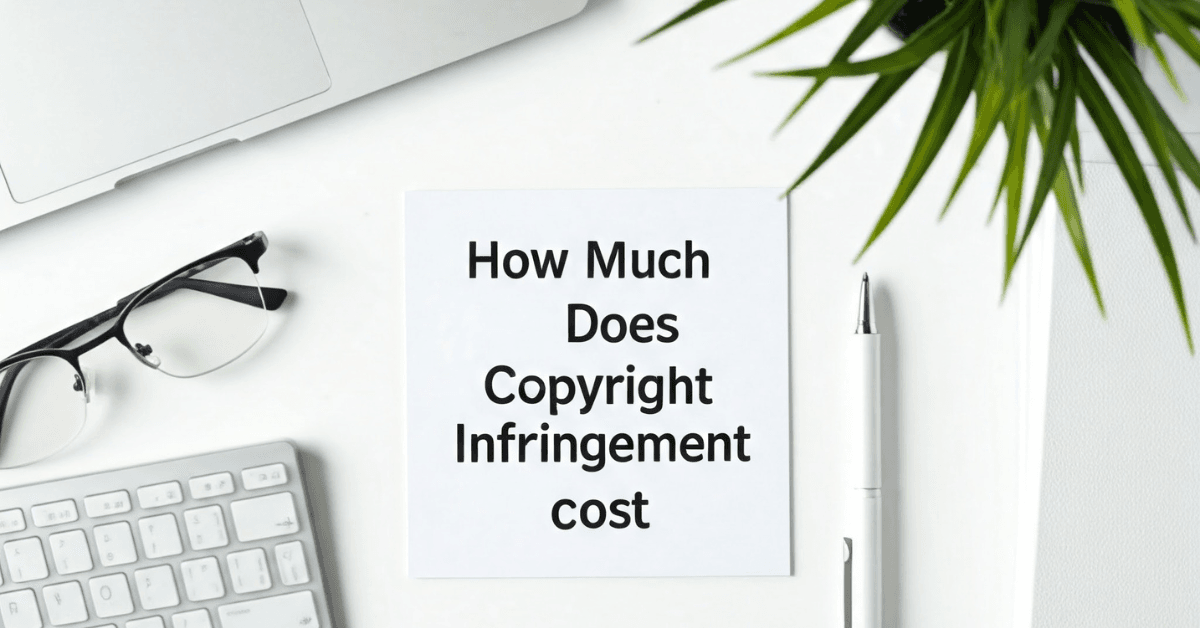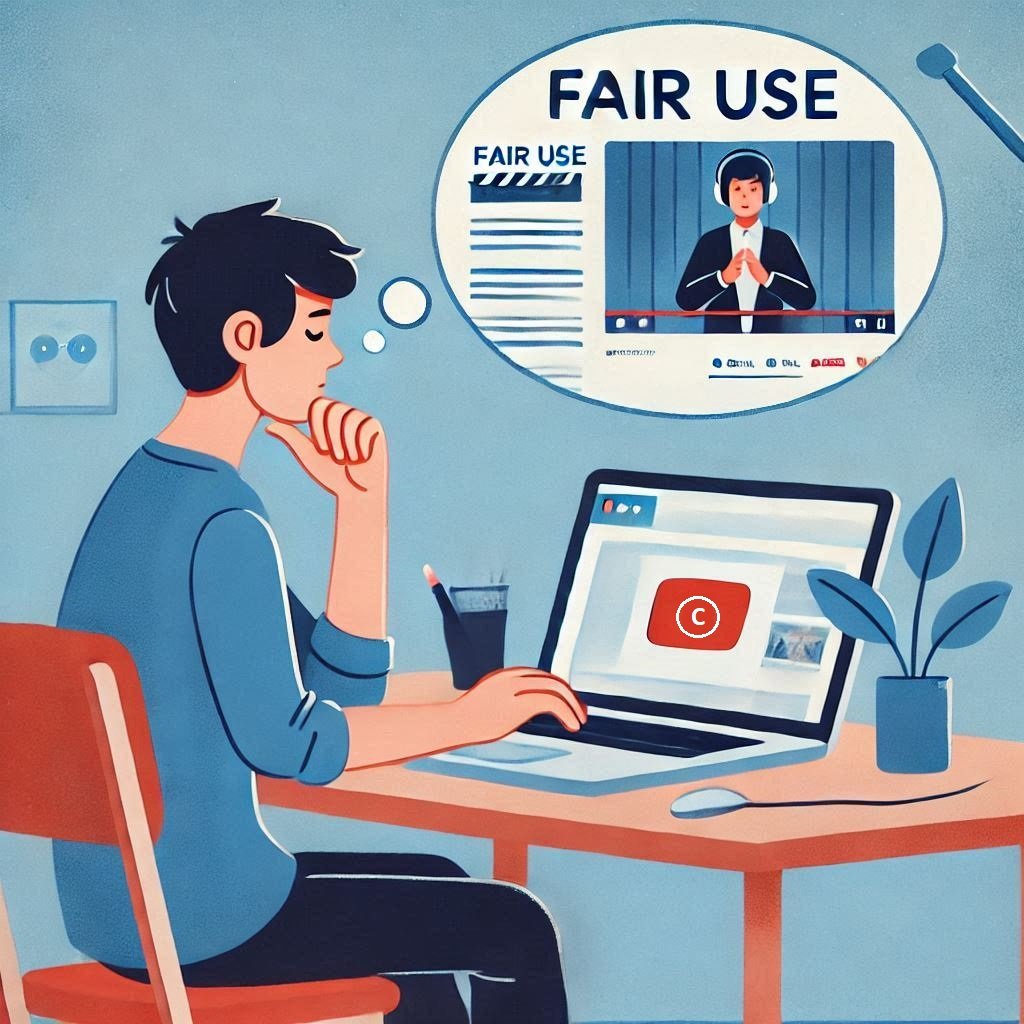Starting a business or launching a new product in Australia is exciting, but before you settle on a name, it’s crucial to ensure it’s not already trademarked. Using a name that’s already protected could lead to legal issues, such as infringement claims or the need to rebrand.
This article explains how to check if a name is trademarked in Australia, using simple steps and official resources to help you avoid costly mistakes. We’ll cover where to look, what to consider, and how to ensure your chosen name is available for use.
Why Checking for a Trademark Matters in Australia
A trademark is a legal protection for a name, logo, or slogan that identifies a business, product, or service. In Australia, a registered trademark gives the owner exclusive rights to use it for specific goods or services.
If you use a trademarked name without permission, you could face legal action, including lawsuits or financial penalties. By learning how to check if a name is trademarked in Australia, you can protect your business and ensure your brand is unique.
How Can I Check if a Name is Trademarked in Australia?
The best place to start is with IP Australia, the government agency responsible for managing intellectual property, including trademarks, in Australia. IP Australia provides free, reliable tools to help you check trademark Australia databases for registered or pending trademarks. These tools are user-friendly and accessible to everyone, even if you’re new to trademarks.
Here’s how you can check if a name is available for trademark in Australia using official resources:
Use the Australian Trade Mark Search Tool
The Australian Trade Mark Search tool, managed by IP Australia, is the primary resource for checking if a name is trademarked in Australia. This tool replaced the older ATMOSS system and is updated regularly to include all registered and pending trademarks. Here’s a step-by-step guide to using it:
- Visit the IP Australia Website: Go to Australian Trade Mark Search to access the Australian Trade Mark Search tool.
- Choose Your Search Type:
- Quick Search: Ideal for beginners, this allows you to search by trademark words, owner names, trademark numbers, or even upload an image to check for similar logos.
- Advanced Search: Best for experienced users, this lets you refine your search with specific filters like trademark class, status, or date.
- Enter the Name: Type the name you want to check in the search bar. For example, if you’re checking “Silly Socks,” enter the exact name or use wildcards (e.g., “Silly*” or “S*ly”) to find variations like “Sillyy” or “Siilly.”
- Review the Results: The tool will show if the name is registered, pending, or expired. Pay attention to the status (e.g., “Registered,” “Pending,” or “Removed”) and the class of goods or services the trademark covers.
Tip: Trademarks are registered under 45 classes (34 for goods, 11 for services). A name might be available in one class (e.g., clothing) but taken in another (e.g., software). Use IP Australia’s Trade Marks Classification Search to identify the right class for your business.
Try TM Checker for Quick Feedback
IP Australia also offers TM Checker, a free AI-powered tool that quickly assesses whether your proposed name is likely to face issues during the trademark application process. While it doesn’t guarantee approval, it’s a great starting point for those wondering how do you check if a name is trademarked in Australia. You don’t need an account to use TM Checker, and it provides instant feedback based on existing trademarks.
- How to Use TM Checker: Visit IP Australia’s TM Checker, enter your name or upload a logo, and the tool highlights potential issues. Enter your proposed name or upload a logo, and the tool will flag potential conflicts with existing trademarks.
- Limitations: TM Checker is not as comprehensive as the Australian Trade Mark Search tool, so use it as a preliminary step before doing a full search.
Check Other Sources for Common Law Rights
Even if a name isn’t registered as a trademark, it might still be protected under common law if someone else is actively using it in Australia. To avoid conflicts, you should also:
- Search the Australian Business Register (ABR): Use ABN Lookup to check if the name is registered as a business or company name. While a business name isn’t the same as a trademark, it could indicate someone else is using it.
- Check ASIC Records: The Australian Securities and Investments Commission (ASIC) database (asic.gov.au) can show if the name is registered as a company name.
- Search Domain Names: Use a WHOIS tool or domain registrar to see if the name is used in a website domain, especially “.com.au” domains, which are common for Australian businesses.
- Scan Social Media: Check platforms like Instagram, Facebook, and TikTok to see if the name is in use, even informally.
- Google Search: A general search can reveal if the name is being used by businesses, even if they haven’t registered it as a trademark.
Why This Matters: In Australia, the “first to use” a name in commerce can claim rights, even without formal registration. Checking these sources helps ensure your name is truly unique.
Also Read: Logo That Are Trademarked: How to Register Your Brand in 7 Steps
Tips for a Thorough Trademark Search in Australia?
To make sure you’re conducting a comprehensive name trademark Australia search, keep these tips in mind:
- Look for Similar Names: Don’t just search for the exact name. Check for phonetic equivalents (e.g., “Flexify” vs. “Flexyfi”) or names that could cause consumer confusion.
- Consider All Classes: If your business spans multiple industries (e.g., clothing and accessories), check all relevant trademark classes.
- Check International Trademarks: If you plan to expand globally, use the WIPO Global Brand Database to search for trademarks registered under the Madrid Protocol. Note that it doesn’t cover trademarks filed directly with other countries’ IP offices.
- Be Aware of Scams: IP Australia warns of email scams impersonating IP attorneys. Always verify communications and use official channels like www.ipaustralia.gov.au.
What to Do if the Name is Already Trademarked in Australia?
If your search reveals that the name is trademarked or pending, you have a few options:
- Choose a Different Name: If the trademark is active and covers similar goods or services, it’s best to pick a new name to avoid legal issues.
- Seek Permission: Contact the trademark owner to negotiate a license to use the name. This can be complex, so consult a trademark attorney.
- Consult a Professional: A trademark lawyer or attorney can assess the risk of using a similar name and guide you through the process. They can also help with filing a trademark application if the name is available.
How to Register a Trademark if the Name is Available
If your search confirms that the name is available, you can proceed with registering it as a trademark through IP Australia. Here’s a quick overview:
- File an Application: Use IP Australia’s online services to submit your trademark application. You’ll need to provide details about your business, the name or logo, and the relevant classes of goods or services.
- Pay the Fee: The cost starts at $330 per class for a standard application (as of 2025). Using the TM Headstart service for a preliminary assessment costs more but can identify issues early.
- Wait for Examination: IP Australia will review your application within 3–4 months. If approved, it’s published in the Official Journal of Trade Marks for a 2-month opposition period.
- Receive Registration: If no oppositions arise, your trademark is registered, giving you exclusive rights for 10 years (renewable indefinitely).
Note: Registering a trademark isn’t mandatory, but it provides stronger legal protection than relying on common law rights.
Why Consult a Trademark Attorney?
While the Australian Trade Mark Search tool is free and easy to use, a trademark attorney can provide expert guidance, especially if your search uncovers potential conflicts or if you’re unsure about trademark classes. Attorneys can:
- Conduct in-depth searches for similar marks, including unregistered ones.
- Advise on the likelihood of your application being approved.
- Handle objections or oppositions during the registration process.
Final Thoughts
Knowing how to check if a name is available for trademark is a critical step in building a unique and legally protected brand in Australia. By using IP Australia’s tools like the Australian Trade Mark Search and TM Checker, along with checking business names, domains, and social media, you can ensure your name is free to use. If you’re unsure or need help navigating the process, consider consulting a trademark attorney to avoid pitfalls and secure your brand’s future.
For the most accurate and up-to-date information, always rely on official government portal for IP Australia. Start your trademark search today to protect your business and avoid legal headaches down the road.




